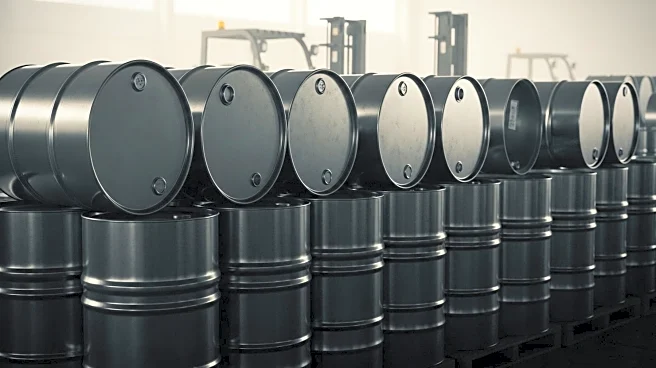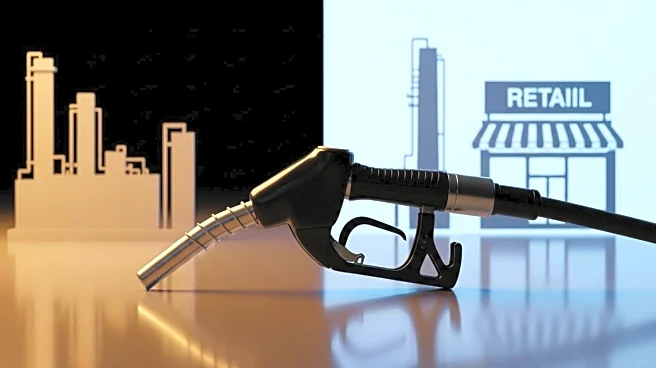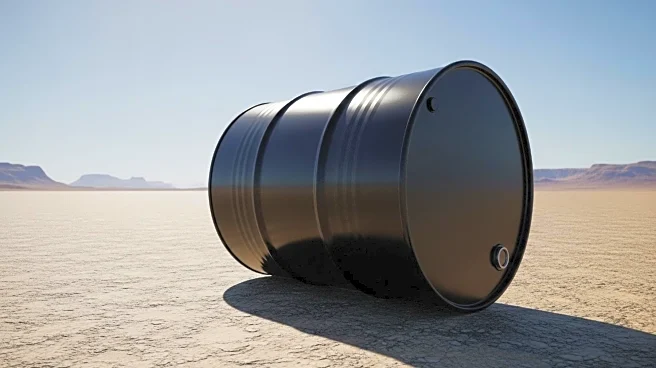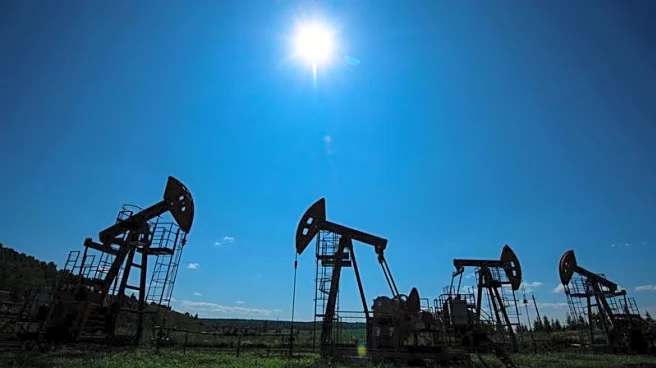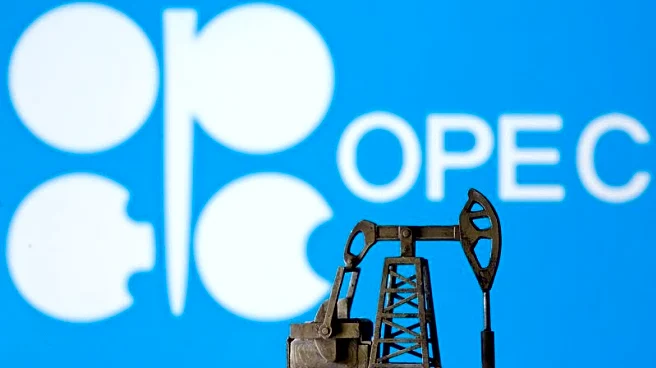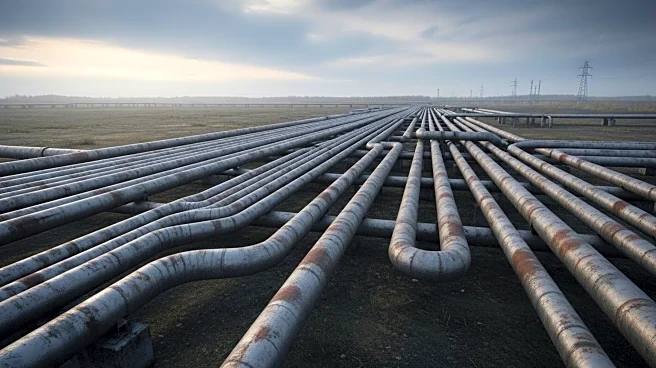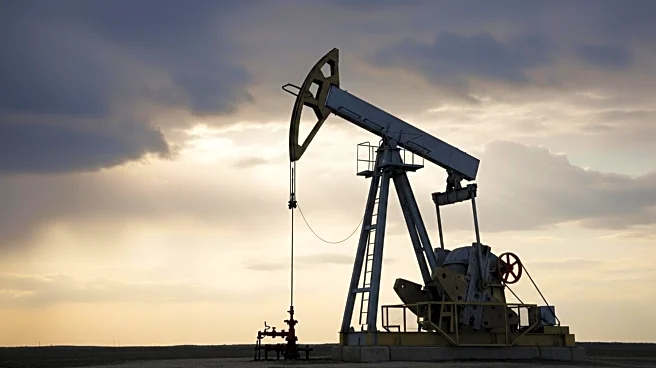What is the story about?
What's Happening?
The U.S. Energy Information Administration (EIA) reported an increase in crude oil inventories by 1.8 million barrels, bringing the total to 416.5 million barrels. This rise comes after a previous decrease of 600,000 barrels. Despite the increase, inventories remain 4% below the five-year average for this time of year. The report also noted a rise in gasoline inventories by 4.1 million barrels, while distillate inventories increased by 600,000 barrels. However, production for both gasoline and distillates has decreased. The data release follows figures from the American Petroleum Institute (API), which suggested a contraction in crude oil inventories. The market reacted with crude prices trading down, with Brent and WTI experiencing declines.
Why It's Important?
The increase in crude oil inventories could impact market dynamics, influencing oil prices and potentially affecting the broader energy sector. The rise in inventories, coupled with decreased production, suggests a shift in supply-demand balance, which could lead to price volatility. This development is significant for stakeholders in the oil industry, including producers, traders, and consumers, as it may affect pricing strategies and economic forecasts. The data also highlights ongoing challenges in the energy market, such as fluctuating demand and production levels, which are critical for planning and investment decisions.
What's Next?
Market participants will likely monitor further inventory reports and production data to assess future trends. The ongoing analysis of supply and demand dynamics will be crucial for predicting price movements and making informed decisions. Additionally, geopolitical factors and policy changes could influence the energy market, requiring stakeholders to stay vigilant and adaptable.
Beyond the Headlines
The fluctuations in oil inventories and production levels may have broader implications for energy policy and environmental considerations. As the industry navigates these changes, there may be increased focus on sustainable practices and alternative energy sources to mitigate reliance on fossil fuels.
AI Generated Content
Do you find this article useful?
